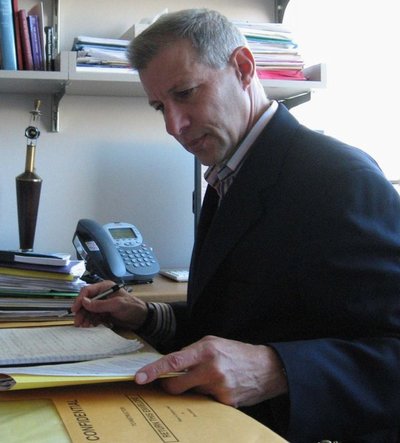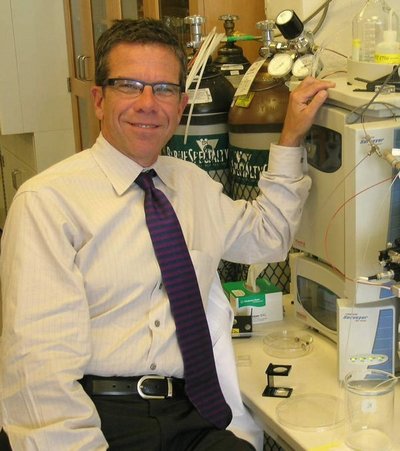October 1, 2009
Stimulus money to boost study of AIDs, cancer and more
By Mary Guiden, News and Community Relations
& Catherine O’Donnell, News and Information
The money continues to roll in. As of Sept. 20, the UW has received almost $77 million from the economic stimulus package President Barack Obama signed last February.
Nearly all of the 216 UW awards are from either the National Science Foundation or the National Institutes of Health, with the remainder from such entities as the State of Washington, Pacific Northwest National Laboratory and the U.S. Forest Service.
Expenditures so far total $2.4 million.
Recent UW awards include $2.3 million to Michael Katze, professor of microbiology, for the development of a primate genomic resource. Katze, who also serves as associate director for research at the UW Regional Primate Research Center, said the funds relate to several different ongoing projects. School of Dentistry Dean Martha Somerman is also a principal investigator under one of the supplements for the project.
Katze said one of the major awards in the package he received covers proteomic, or protein-related, studies on AIDS virus infection. Some of the money will be directed toward administrative needs, including the purchase of new equipment and updating the computer infrastructure. Katze said additional personnel for his team will also lead to more progress in understanding the host response to AIDS infection in nonhuman primates.
Part of the funds will provide awards to researchers and young scientists who want to apply systems biology to their research, he said. “That’s pretty unique, that stimulus money will be used to fund predominately young investigators.”
Katze said that the new funds enable his team to build stronger and faster. But he also understands the flip side. “For a lot of people all over the country, we had researchers who were on the verge of going out of business. This stimulus package by the government really rescued a lot of people. It’s a jolt to the research community.”
Tony Blau, professor of medicine, is among other researchers receiving a positive jolt from the federal government. Blau was recently awarded $940,400 to expand work with induced pluripotent stem cells (iPSCs). These stem cells are generated by reprogramming human skin fibroblasts.
These funds will be used, in part, not only to conduct research with the iPSCs, but to support training for investigators in the Seattle area in generating these cells. Blau, also co-director of the UW Institute for Stem Cell & Regenerative Medicine, said these projects will allow this type of research to expand throughout the region. “We’re incredibly grateful for this funding,” he said.
Larry Kessler, professor and chair of Health Services, is also part of a cutting-edge team to receive a stimulus award — this one in the realm of cancer research. Kessler is lead for a $4 million project that is part of a larger $16 million project that includes researchers from the Fred Hutchinson Cancer Research Center, Group Health Cooperative, Premera Blue Cross, Regence Blue Shield and others. Kessler, principal investigator from the UW School of Public Health, said the fairly new research area and approach will be tackled by colleagues from pharmacy and medicine as well as the VA Puget Sound Health Care System and the Puget Sound Health Alliance.
In this project, researchers will evaluate the comparative effectiveness of cancer diagnostics in real-world settings. “Over the past decade, the field of both imaging and lab-based diagnostics has taken a quantum leap forward in the ability to detect physiologic and functional phenomenon,” said Kessler. “However, the evidence to determine how to best use these modern technologies in clinical practice hasn’t kept pace with technologic developments.”
Kessler said the program aims to develop a collaborative system of data, populations and organizational partners to evaluate the use of these diagnostic technologies with an initial focus on cancer. In terms of technologies, the research does not address screening. Instead, it covers use of specific tools and technology to help determine extent of disease and a plan for treatment. Researchers will compare mammography, MRI, ultrasound, PET-CT and new blood or tissue-based tumor biomarkers.
Kessler, a former director of the Office of Science and Engineering Laboratories at the U.S. Food and Drug Administration, said variability that exists across the country in the use of technology highlights the importance of conducting this type of comparative effectiveness research. “Our research will help providers and patients make better decisions about the use of these technologies, which will ultimately lead to the best possible outcomes.”
The team hopes for an almost immediate application of the research and findings, too. “It doesn’t do any good if the research sits on the shelf,” said Kessler. “It has to change medical and public health practice.”



